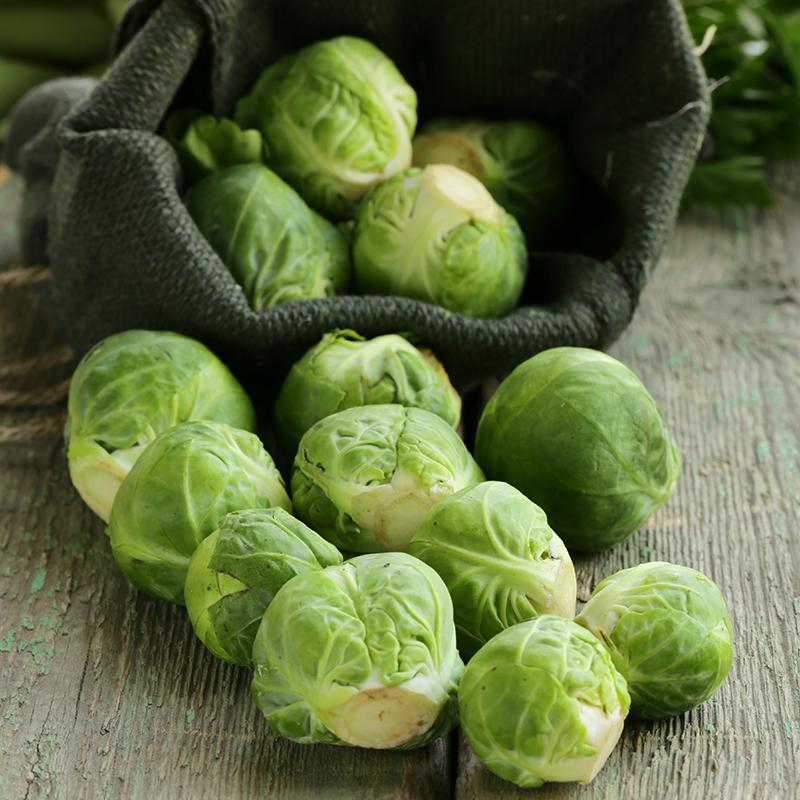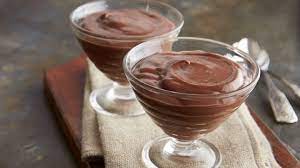First of all, what is beef tallow? Beef tallow is a rendered cooking fat made from the fat of a cow.
Essentially, beef fat.
I had been hearing and reading about all the benefits of beef tallow, yet felt intimidated to make some! I searched the stores high and low but soon realized it’s not a product that I could find readily.
By accident, in making a pot of meat stock, to my surprise made beef tallow in the process! I couldn’t have been more excited! And here’s why I was overjoyed:
- beef tallow is a stable fat excellent for frying
- it is antimicrobial
- high in CLA (Conjugated Linoleic Acid) a type of fat that has been shown to reduce cancer, lower body fat and improves brain function (why babies and children need high fatty foods)
- high in fat-soluble vitamins A, D, E and K, as well as omega-3 fatty acids and is rich in antioxidants.
An important note on CLA: it also encourages build-up of muscle and prevents weight gain! Now isn’t that awesome! Just make sure to purchase grass-fed beef as even small amounts of processed grains in the feed will eliminate the CLA. That’s right you read correctly, animal fat, in this case beef, is healthy for you and nourishing to your body. Beef fat consists of 50-55% saturated fat, 40% monounsaturated fat, olive oil and avocado oil are monounsaturated fats so it gives you a good idea of the benefits of beef fat, and finally some small amounts of polyunsaturated fats, that you’d find in vegetable oils, always high in omega-6. Saturated fats are very stable and do not go rancid, which is great since vegetable oils are particularly sensitive to rancidity which is a huge contributor to cardiovascular disease.
So why do we need fats? And why is fat quality so important? Fats are important because they provide us with energy and with building blocks for cell membranes and various hormones. Fat also keeps us satiated for a longer period than other foods and are important carriers for fat-soluble vitamins A, D, E & K. This is why our grandmothers always put a ton of butter on their vegetables. They knew what they were doing back then and it would pay us a huge service to go back to those nourishing traditions. Fat quality is important too. It is important to choose fats that are stable, that do not go rancid quickly, that are not put through extensive processing. Trans fats are especially worrisome! So what is a trans fat? Trans fats are formed through an industrial process that adds hydrogen to vegetable oil, which causes the oil to become solid at room temperature. They’re worrisome because they depress the immune system, they have been linked to cancer, heart disease, infertility, eczema, asthma and many neurological conditions. Besides depressing the immune system, they also have a damaging effect on the cardiovascular system, reproductive system, energy metabolism, fat and essential fatty acid metabolism, liver function and cell membranes. Remember that trans fatty acids are often hidden in packaged foods and are also made at home when you use cooking oils that are sensitive to heat.
The best fats are:
- Duck/Goose fat: 35% saturated fat, 52% monounsaturated fat & 13% polyunsaturated fat
- Chicken fat: 31% saturated fat, 49% monounsaturated fat & 20% polyunsaturated fat
- Lard (pork fat): 40% saturated fat, 48% monounsaturated fat, 12% polyunsaturated fat
- Beef/Mutton tallow: 50-55% saturated fat, 40% monounsaturated fat, and small amounts of polyunsaturated fat
- Butter/Ghee have a perfect balance of omega-6 to omega-3, is high in antioxidants, arachidonic acid, cholesterol, CLA, Lauric Acid, Lecithin, minerals, Vitamin A, D, E & K2
- Olive oil: 75% monounsaturated fat, 13% saturated fat and 10% omega-6, 2% omega-3
- Coconut oil: 92% saturated fat of which lauric acid, also found mother’s breast milk
- Flaxseed oil: 9% saturated fat, 18% oleic acid, 16% omega-6 & 57% omega-3. Must be refrigerated and never heated.
- ***Peanut oil & sesame oils can be used on occasion in stir-frys, is relatively stable, but high in omega-6 helping to tip the scale towards an unhealthy ratio with omega-3. An organic, cold-pressed oil should be chosen.
The worst fats are:
- Canola oil: it has a high sulfur content and goes rancid quickly, it goes through high temperature processing, creates vitamin E deficiency which is required for a healthy cardiovascular system
- Safflower/Sunflower/Corn/Soybean and Cottonseed oils: like canola oil, these oils go through extreme processing, are fragile to heat, go rancid quickly, many are GMO, sprayed with pesticides and are very high in omega-6 making it difficult for those who consume it to keep the omega 6 to omega-3 ration 2:1. In the last decades, we have seen this ratio go to 20:1 which has increased skin issues, inflammation in the body, and cardiovascular issues.
And there you have it, take care of your heart and your health by going back to old traditions. Research foods, be a detective, do your own investigation and avoid food fads and trends that only end up hurting our health even more. Remember that saturated fat is not the culprit, and I’m afraid to say it, but vegetable oils are the true villain here! The generations of the past, did things for a reason and they were wise, so let’s go back to those traditions, let’s embrace them and teach our children how to eat healthily.

SOURCES:
Dr. Campbell McBride, Natasha. Put Your Heart in Your Mouth. Cambridge, MedInform Publishing, 2016.
Fallon, Sally & Enig, G. Mary Ph.D. Nourishing Traditions: The Cookbook that Challenges Politically Correct Nutrition and the Diet Dictorates. New Trends Publishing, 2001.



